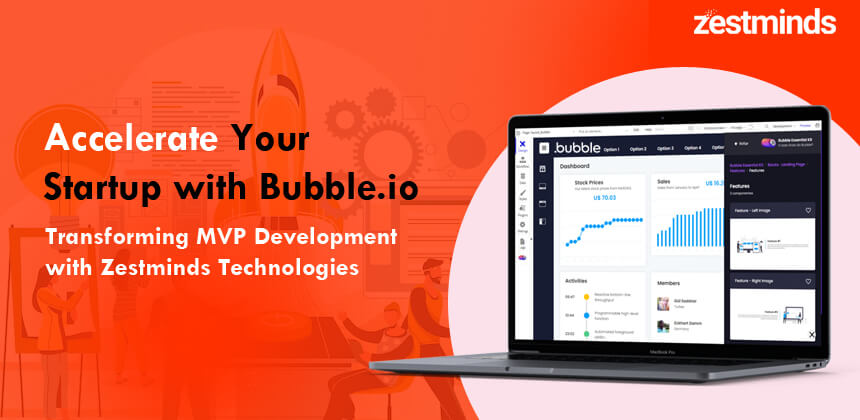Minimum Viable Product Examples: Best MVPs That Inspired Startups
Launching a product in today’s competitive startup ecosystem requires strategy and speed. Explore inspiring MVP examples, actionable strategies, and emerging trends to craft your own successful MVP.

Over the past few years, the startup world has become more and more competitive. New frontiers have been found, and this has made the products pushed to the ecosystem's end users better. So, it's become more important for startups to get their products to the people they want to reach as quickly as possible. MVP development services are one way to speed up the time it takes to get a product to market
What is an MVP?
A Minimum Viable Product (MVP) is the simplest version of a product that delivers core functionality while allowing businesses to gather feedback for future improvements. It enables startups to validate ideas, attract early adopters, and secure funding without heavy initial investment.
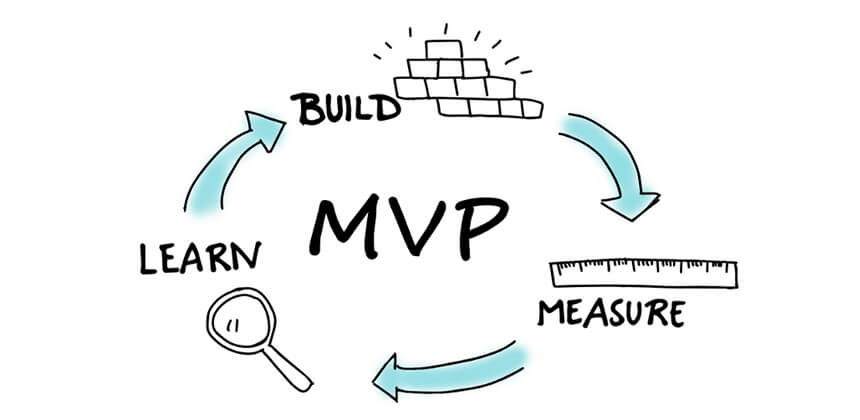
Why Use an MVP?
- Validate Ideas: Test your product’s feasibility with minimal investment.
- Attract Early Adopters: Engage users and gather valuable feedback.
- Iterate Quickly: Refine your product based on real-world usage.
- Secure Funding: Showcase market interest to potential investors.
Looking to build an MVP? Check out our MVP development services to get started.
Emerging Trends in MVP Development for 2024
- AI Integration: Startups are embedding AI to enhance personalization and decision-making. Learn more about how choosing the right tech stack can complement AI-driven MVPs.
- No-Code Platforms: Tools like Bubble and Webflow are enabling rapid MVP development without coding expertise.
- Sustainability-Focused MVPs: Products addressing environmental concerns are gaining traction among investors and consumers. Learn about MVP trends from Forbes MVP Trends.
Common Myths About MVPs
- Myth #1: An MVP must be a prototype.
An MVP can be a functional product, a landing page, or even a video. - Myth #2: MVPs are low-quality versions of the product.
A good MVP showcases core value while maintaining quality. - Myth #3: The purpose of an MVP is only to gain users.
The goal is to test the idea and gather actionable feedback.
Below are the 25+ Most Successful MVPs That Inspire Startups:

Initially launched as "Thefacebook," Facebook's MVP focused on connecting Harvard students. Its simplicity and exclusivity allowed the founders to refine features before expanding to other colleges, eventually evolving into the world's largest social network.

Airbnb
Airbnb started by listing pictures of the founders' apartment during a conference in San Francisco. This basic MVP proved the demand for short-term rentals, disrupting the hospitality industry.
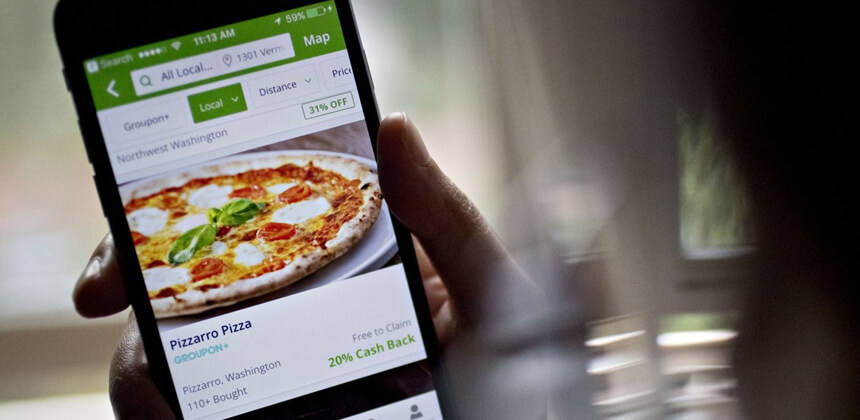
Pebble
Pebble's Kickstarter MVP featured an e-paper smartwatch, raising $10 million by showcasing an innovative design. It set a record for crowdfunding success, validating the concept of unique smartwatch designs.
Groupon
Groupon launched as a WordPress site, emailing PDF coupons to subscribers. This simple approach validated the concept of modern coupon sharing, leading to its massive growth.

Spotify
Spotify's MVP was a desktop app with a single feature: streaming music. This focused approach allowed the company to dominate the streaming market before expanding its features and platforms.

Dropbox
Dropbox tested its MVP with an explainer video that demonstrated the product’s value. This cost-effective strategy garnered 70,000 signups before building the actual product.

Buffer
Buffer validated its concept with a landing page explaining its functionality. Users joined a waitlist, giving the team valuable feedback before further development.
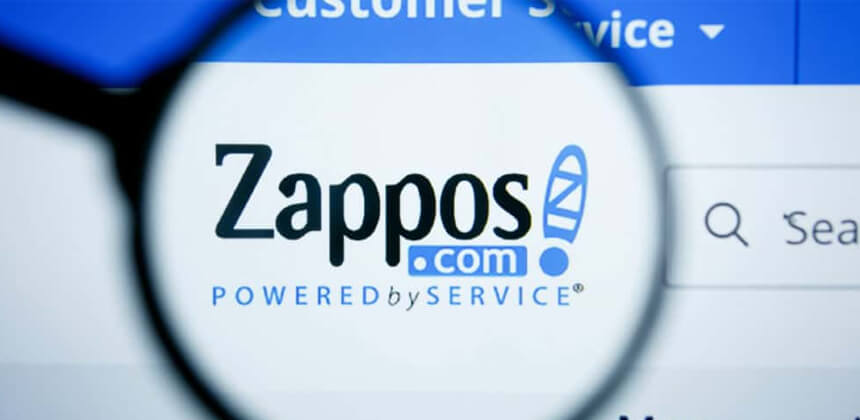
Zappos
Zappos started by posting photos of shoes from local stores. When a customer placed an order, the founder purchased the shoes and shipped them, validating the potential for online shoe retailing.
ChatGPT
OpenAI's early iterations of GPT were released to test user interactions and gather feedback. This iterative MVP approach helped refine ChatGPT into a leading AI conversational tool.
Duolingo
Duolingo launched a gamified language-learning platform with minimal features. Its engaging design quickly attracted users, proving the demand for fun, accessible education tools.

Etsy
Etsy’s MVP focused on providing a platform for handmade goods. Its early success stemmed from addressing user frustrations with eBay’s high fees and complicated interface.

Amazon
Amazon began by selling books online through a simple website, offering competitive pricing and efficient delivery. This MVP laid the groundwork for its evolution into an e-commerce giant.
Product Hunt
Using a tool called Linkydink, Product Hunt tested its concept by curating daily product launches. This MVP gained traction among startup enthusiasts, validating the idea.

Uber
Uber’s MVP connected drivers in San Francisco with iPhone users. This basic functionality validated the demand for ride-hailing services, transforming urban mobility.
Stripe
Stripe launched “dev/payments” to simplify online payments. Its early adoption by YCombinator startups validated the need for a developer-friendly payment solution.
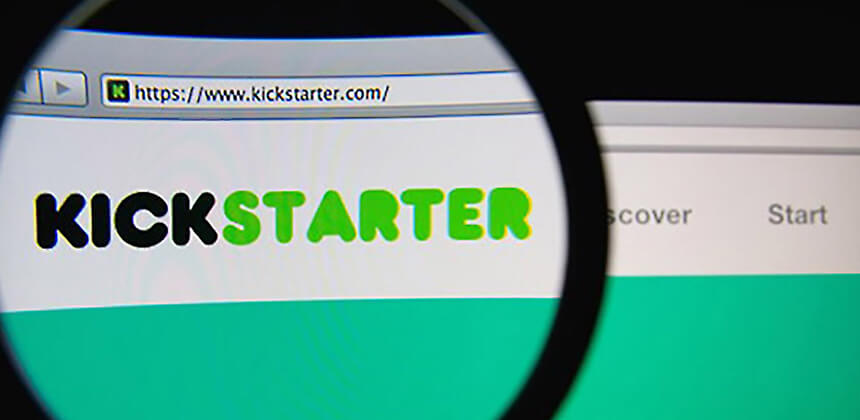
Kickstarter
Kickstarter’s MVP provided essential features for creators to post projects and seek funding. Its early success proved the viability of crowdfunding, with over 190,000 projects funded to date.
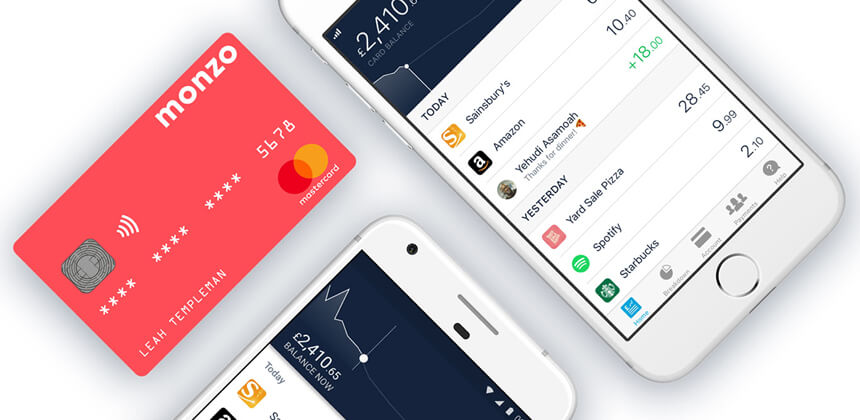
Monzo
Monzo’s MVP leveraged APIs to enable basic money transfers, inviting early users to test its functionality. This approach helped establish Monzo as a leading digital bank in the UK.
Foursquare
Foursquare launched with basic check-in and badge features. This simple MVP quickly gained traction, allowing the team to expand its functionality and user base.
Clubhouse
Clubhouse started as an invite-only audio networking platform. This exclusivity generated significant buzz, validating its concept during the pandemic.

Twitter’s MVP originated from a hackathon at Odeo, featuring SMS-based status updates for employees. Its public release in 2006 marked the beginning of its journey as a microblogging powerhouse.
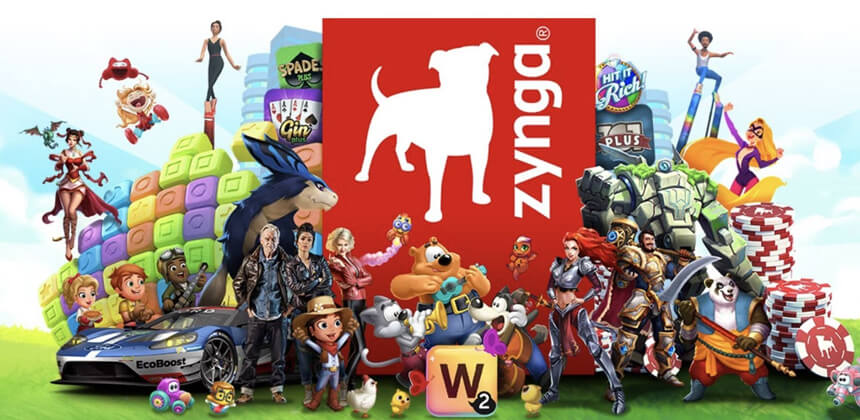
Zynga
Zynga leveraged Facebook to launch a simple poker game MVP. Its early success validated the idea of integrating games with social platforms, leading to Zynga’s dominance in social gaming.
iPhone
The first iPhone MVP lacked many modern features like MMS, 3G, and copy-paste functionality. Despite this, it focused on simplicity and usability, paving the way for its global success.
AngelList
AngelList’s MVP involved sending simple emails to connect startups with investors. This low-cost strategy validated the demand for a dedicated platform for startup funding and hiring.
These successful MVPs highlight the importance of starting simple, focusing on core features, and iterating based on feedback. For startups looking to build impactful MVPs, explore Zestminds’ MVP Development Services.
Case Study: How Zestminds Built a Scalable Digital Platform for Mode Insurance Services
Client: Mode Insurance Services, a growing insurance brokerage aiming to streamline operations and improve customer interactions.
Solution: Zestminds developed a centralized platform for policy management, claims processing, and customer engagement, leveraging automation and secure data systems.
Outcome: The platform increased operational efficiency by 60%, enhanced customer satisfaction, and positioned the client as a leader in digital insurance solutions.
Read the full case study here.How to Build Your Own MVP
As our MVP (Minimum Viable Product) examples have shown, the MVP development method works best for technical products like online services, apps, and websites. Here are six steps to help you make your own MVP.

Step 1: Market research
Market research helps you figure out who your ideal customers are and come up with an idea that meets their needs. Many of the MVPs on our list were made by people who were trying to meet their own needs. This means that their market research wasn't done by a professional firm, but was instead based on their own experiences.
For example:
- Joe Gebbia and Brian Chesky, Airbnb's co-founders, needed help paying their rent.
- Rob Kalin, the founder of Etsy, needed a way to sell the wooden computers he made.
- As soon as Apple launched iTunes, Twitter's creator Odeo had to innovate.
Step 2: Outline your idea
If no one buys it, it's not an MVP. You need to explain how your product will help people. Why should they buy it? What do they get out of it?
For instance:
Before they built any of Dropbox's infrastructure, Arash Ferdowsi and Drew Houston made a video to explain what the company was about. This helped them figure out what people were interested in and how to give them something of value.
Step 3: Consider the design process from the user’s perspective
Imagine that you are the person who will be using your product or service. What do you think you'll see? How do you think it will work? User satisfaction should always be at the top of your mind. Then move on to describing the steps of the process.
Step 4: Identify the project features
After choosing a design process, you'll probably have a lot of features that can't be finished or put in the MVP. You need to decide which ones are most important and which ones will be included in your project. Based on our MVP examples, Spotify focused on streaming music first, then added other features later.
Step 5: Build
Always try to make sure the quality of the build is at least as good as that of the finished product. A minimum viable product (MVP) is not a prototype. It needs to meet people's needs and give them real value. Focus on how easy it is to use, how well it fits, and how intuitive it is as you build.
Step 6: BML: Build, measure, learn
The goal of a Minimum Viable Product (MVP) is to collect data that helps guide the development process. For a software MVP, the steps would be to get user feedback, find out what new features people want, and fix bugs and mistakes.
Conclusion
Building a Minimum Viable Product (MVP) is a strategic step to validate ideas, attract early users, and secure funding. Use the strategies and examples here to inspire your own MVP journey.
You want to build your MVP, right? Contact us at contact@zestminds.com or visit our website Zestminds to find out how we can bring your vision to life with beautiful designs, quality development, and continuous testing.
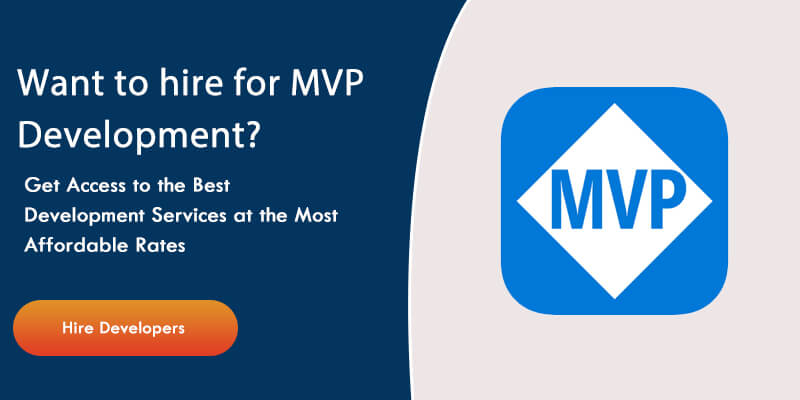

Shivam Sharma
About the Author
With over 13 years of experience in software development, I am the Founder, Director, and CTO of Zestminds, an IT agency specializing in custom software solutions, AI innovation, and digital transformation. I lead a team of skilled engineers, helping businesses streamline processes, optimize performance, and achieve growth through scalable web and mobile applications, AI integration, and automation.
Stay Ahead with Expert Insights & Trends
Explore industry trends, expert analysis, and actionable strategies to drive success in AI, software development, and digital transformation.
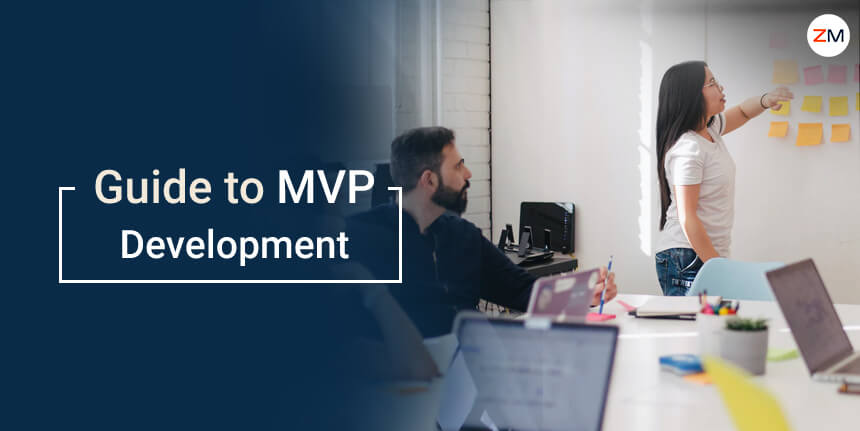
March 17, 2021
The Complete Guide To MVP Development
Stay Ahead with Expert Insights & Trends
Explore industry trends, expert analysis, and actionable strategies to drive success in AI, software development, and digital transformation.

March 17, 2021
